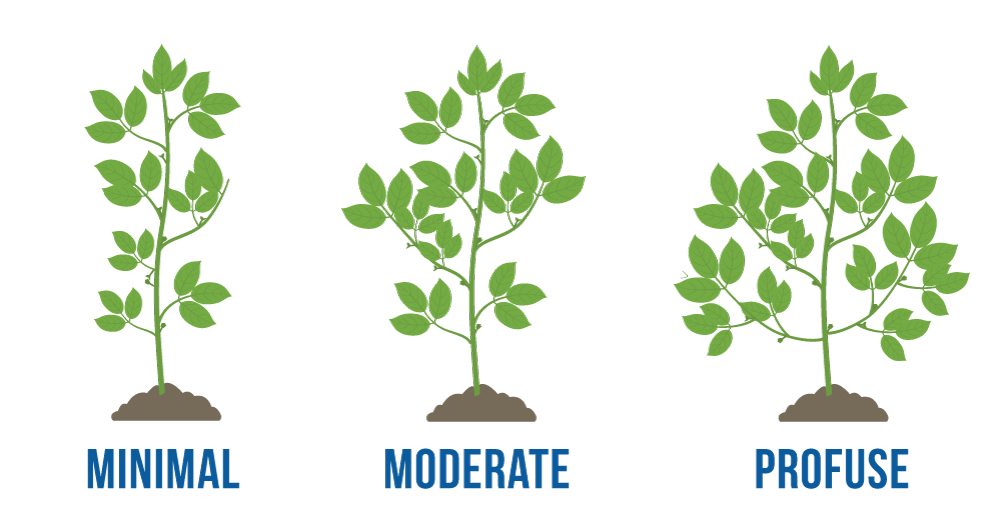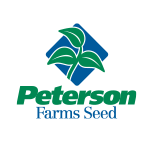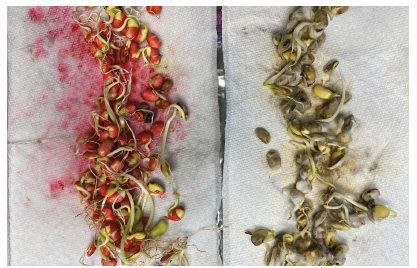Plant Structure: Considerations When Selecting the Right Bean

 Plant structure may not often be top of mind when selecting soybean varieties, but it’s a critical factor that can significantly impact yield and field profitability.
Plant structure may not often be top of mind when selecting soybean varieties, but it’s a critical factor that can significantly impact yield and field profitability.
Why It Matters
Soybean structure shouldn’t be the last consideration when choosing a variety. Whether it’s managing diseases like white mold, optimizing light interception early in the season, or enhancing weed suppression through canopy closure, the physical structure of soybeans influences performance throughout the season, regardless of your farm’s location.
Row Width
Row width plays a significant role in selecting the right soybean variety for an operation. Thinner soybean varieties are slower to canopy in 30” rows, while even bushy and indeterminate beans vary in how quickly they close rows.
Rapid row closure is important for maximizing light interception, which fuels plant growth. The more sunlight your crop captures, the greater its yield potential. Conversely, an open canopy misses out on sunlight, leaving room for weeds to emerge under your soybeans.
However, rapid canopy closure can be a double-edged sword. The 2024 growing season provided an excellent example of both the benefits and challenges. High humidity during flowering raised concerns about white mold infections. We were prepared for an epidemic.
Fortunately, due to the cool and slow start to the season, many soybean fields didn’t canopy until later, reducing white mold incidence. Yet, this delayed closure created challenges for weed control. Striking a balance between rapid canopy closure and disease prevention is key—align your priorities with how aggressively you want to close your rows.
Disease Incidence
While row width and canopy closure affect diseases like white mold, plant structure itself also plays a role. Tall, lanky or highly branched soybean varieties are more prone to white mold infections because their dense canopies restrict airflow. White mold thrives in cool, humid conditions, so in areas with low to moderate white mold pressure, thinner, less-branchy beans can help mitigate the disease’s impact.
A New Approach to Soybean Descriptions
At Peterson Farms Seed, we understand there’s more to a soybean than simply labeling it as “bushy” or “intermediate.” That’s why we’re introducing a new soybean description system.
Starting now, our varieties will feature a 1–9 canopy rating and a three-category branching description. This system provides more detailed and actionable insights to help you select the right soybean variety for your needs.











